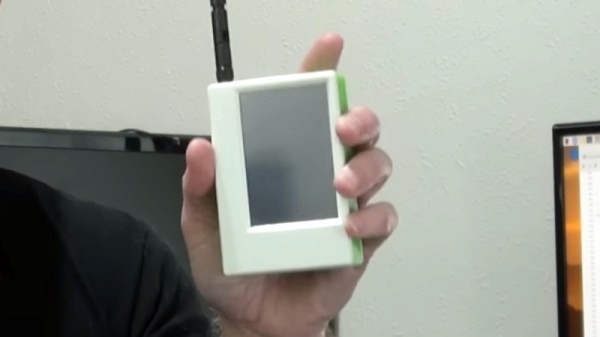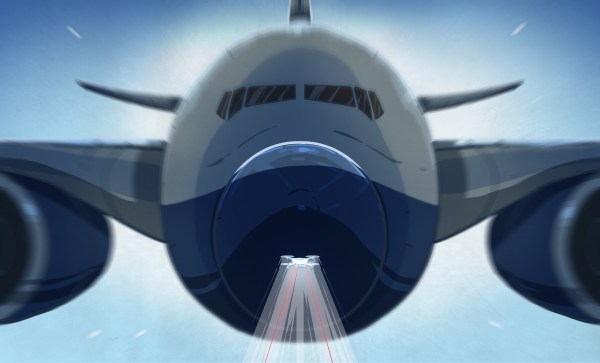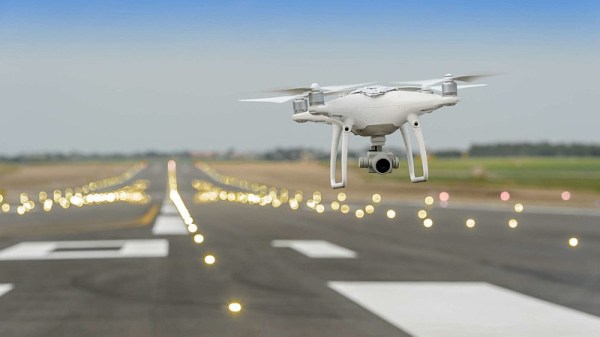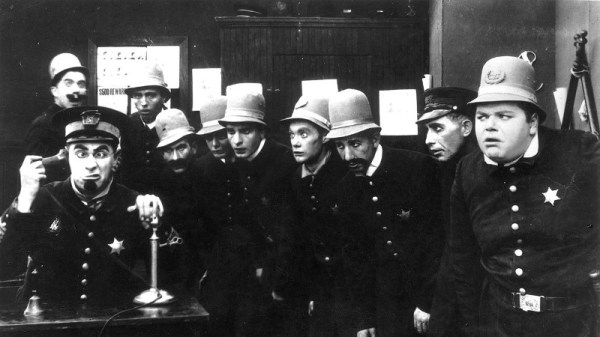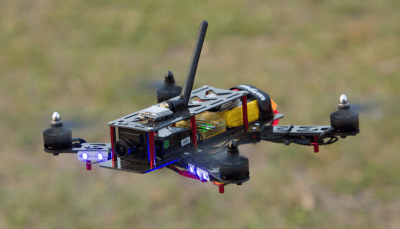Over the years here at Hackaday, we’ve covered a range of stories about the ongoing panic surrounding drone flights. From plastic bags reported as drone incidents through to airports closed with no evidence of drones being involved, it’s clear that drone fliers are an embattled group facing a legal and aeronautical establishment that seems to understand little about them or their craft.
It sometimes seems to be a no-win situation for fliers, but perhaps [XJet] has something which might improve matters. He’s published a video showing off a portable ADS-B receiver which could be used by drone pilots to check for any aircraft in the vicinity and perhaps more importantly allow the drone community to take the moral high ground when problems occur.
The receiver isn’t particularly special, being a Raspberry Pi with LCD screen and an RTL-SDR receiver in a nice 3D printed enclosure. He says he’ll be publishing all software and build details in due course. But it’s the accessibility which makes it such a good idea, instead of being a very expensive safety device it’s a receiver that could probably be made with a less powerful Pi for under $100.
There is of course a flaw in the plan, that not all pilots are concerned enough for their safety to fit an ADS-B transponder to their aircraft, and so are invisible to both the thus-equipped drone pilot and air traffic control alike. This puts the onus on pilots to consider ADS-B an essential, but from the drone flier’s point of view we’d consider that a spotter should be part of their group anyway.
Curious what the fuss is about? Let us take you on a journey.
Continue reading “Is An ADS-B Receiver The Solution For Drone Pilots?”

